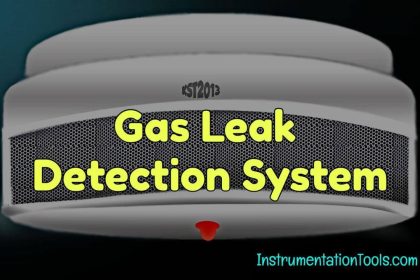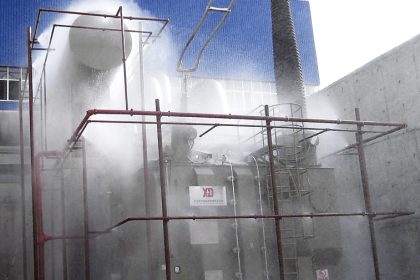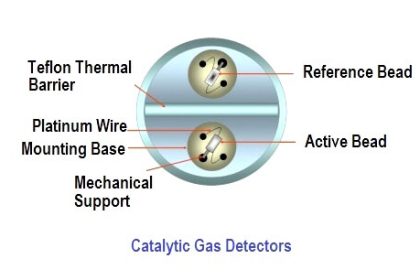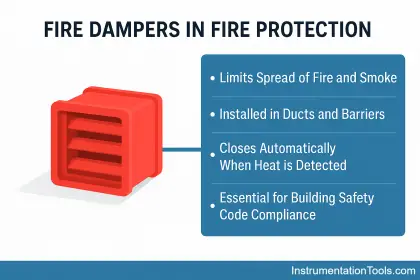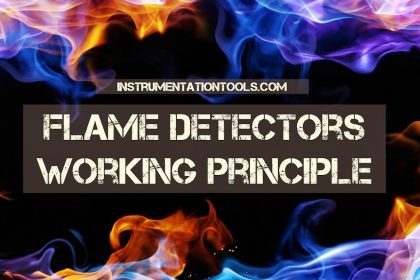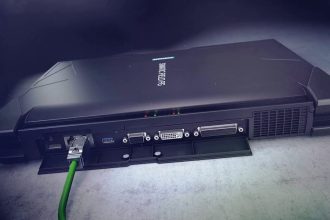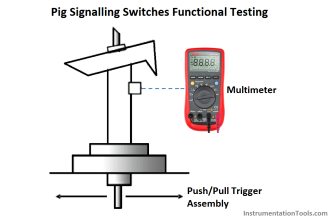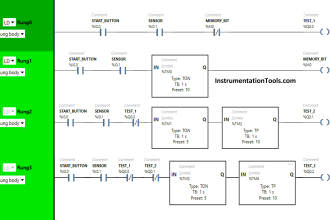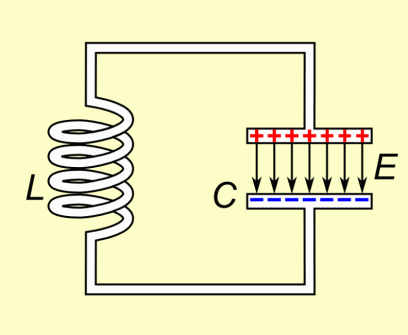Toxic Gas (H2S) Detector
A detector is sensitive to toxic gas.
Selection Criteria for Toxic Gas Detector
The following are some minimum requirements applicable for combustible gas detector selection, however, requirements vary from industry to industry.
Toxic gas (H2S ) detectors shall be based on electrochemical cell technology. They shall be suitable for detecting H2S in the range of 0-100 ppm.
The detector shall be a self-contained device comprising of the sensor element and all monitoring and signal conditioning electronics required to provide a linear 4-20 mA output signal to monitoring cards in the main fire and gas panel.
With attachments fitted (including filters ), the detector output shall achieve 20% of actual H2S concentration within 10 seconds and 50% within 30 seconds. This condition may be different for different installations.
Gas detection instrument and their components used for H2S detection shall be constructed of materials resistant to or protected against corrosion due to the presence of H2S.
The sensor shall be of a highly specific response to H2S gas to reduce the chances of false alarms resulting from the presence of other gases.
Provision shall be made for testing the detectors by application of test gas. The method employed shall not necessitate the removal of dust and splash filters, gas collecting cones or similar attachments.
The alarm setpoint shall be user selectable for high/low alarms and the output contacts shall be of latching type requiring a deliberate manual action to reset.
The shelf life of test ampoules shall be minimum six (6) months and shall be clearly indicated. This condition may be different for different installations.
